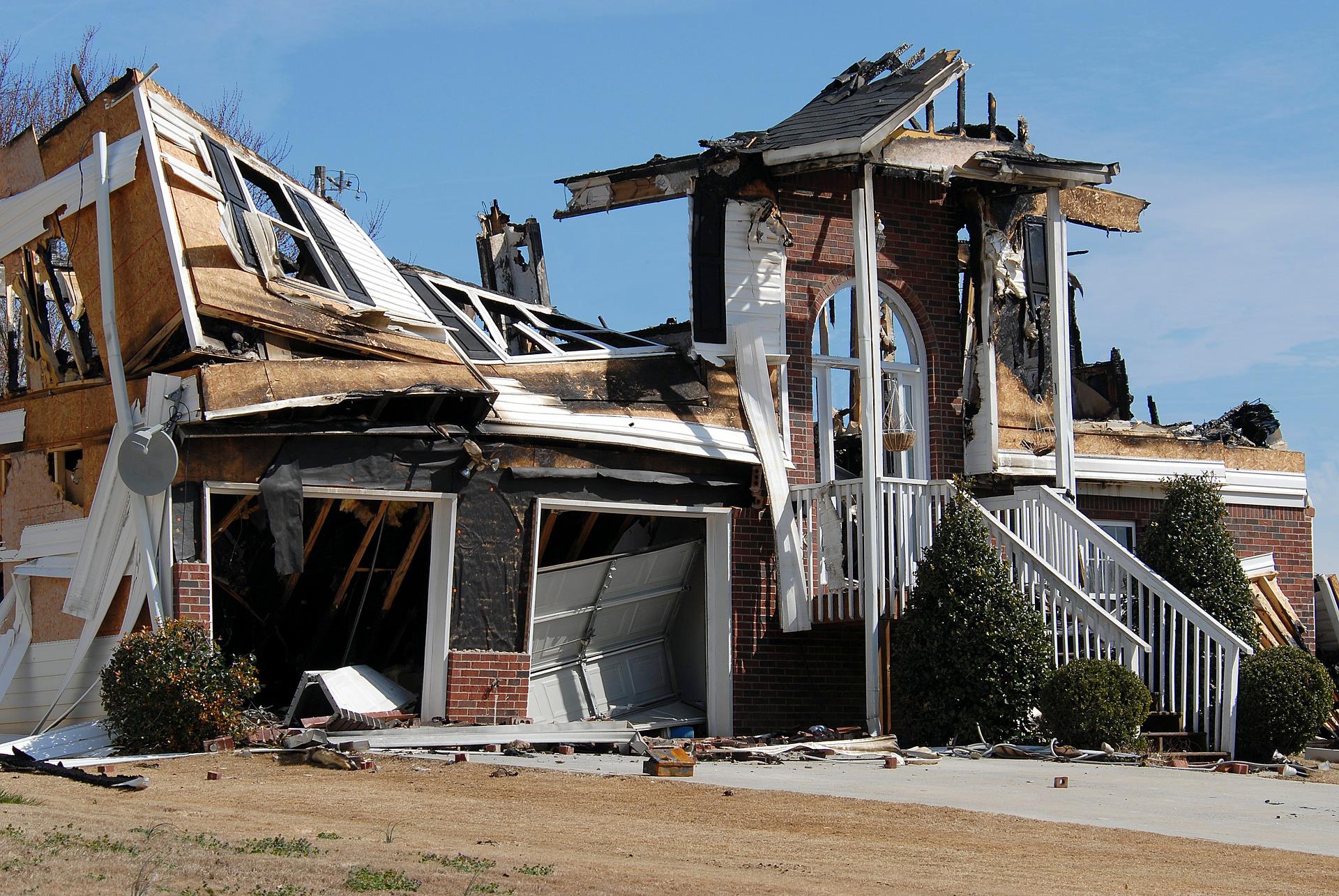How To Protect Your Home From A Wildfire

If you have homeowners’ insurance, you are likely protected from financial loss due to fire damage … but that doesn’t mean you shouldn’t take steps to protect your home from a wildfire.
Fire damage to your home can be incredibly disruptive and disheartening. You could have to relocate temporarily, even permanently. Treasured belongings, keepsakes, and tokens of memory could be lost forever. Needless to say, a wildfire in the vicinity of your home can be extremely dangerous, even deadly, to you or your loved ones if your home is not properly protected.
If you live in an area — often rural or forested areas — that are prone to brush fires, forest fires, or other wildfires, seriously consider some of the following upgrades and precautions to protect your property and your household’s safety in the event of a wildfire.
Install a Fire-Resistant Roof
Roofs can actually be rated for fire-resistance. Class A is the highest, with Class B and Class C below, and unrated as the most risky roofing material. To be rated “Class A,” the roof must be constructed such that fire cannot penetrate the outer surface and into the attic or other sub-space. It must also slow the spread of flame and resist the creation of embers when exposed to fire.
Fire-resistant roofing exterior materials include:
- Asphalt
- Concrete Tiles
- Clay Tiles
- Slate
- Metal
- Synthetic Fire-Resistant Materials
Which exterior material can be installed on a roof depends partly on the substructure of the roof. In some cases, a roof must be completely replaced to achieve Class A fire-resistance.
Close Entry Points for Embers
Even if a wildfire doesn’t make it to your doorstep, embers blown by the wind from the fire zone could still threaten your home — especially if you give those embers easy points of entry.
Block off any points of entry by installing eighth-inch (or smaller) wire mesh on exterior attic vents, under-eave vents, and any other potential points of entry.
Going back to the roof, consider replacing eaves with flat ledges and short overhangs. This gives embers fewer places to latch on to the edge of your roof.
Install Fire Blocks
Fire blocks are simply extra wood beams that close the top of a framed wall off from the open air. If fire gets into the wall frames, it can grow and spread by drawing in oxygen from open wall frames. Fire blocks close off the wall framing into discrete sections between the studs, so that if fire does enter the walls, it might get starved of oxygen and fail to expand beyond one wall frame.
Add Fire-Resistant Exterior Wall Covering
Wall framing materials are rated for their ability to sustain exposure to fire over time without combusting. Consider fortifying your exterior with wall covering rated for at least 1 hour of fire resistance.
Create a 30-Foot Defensible Space Around your House
Consider setting up a 30-foot “moat” of non-combustible material around your house to stop an approaching fire in its tracks. It can’t advance to your house if it has nothing to burn along the way.
This means removing or replacing anything combustible around your house within thirty feet. Replace combustible plants with fire-resistant plants, gravel, or rocks. Replace wood structures with concrete or brick.
Make sure any plants are well-watered so they don’t catch fire easily. Remove any dead trees, limbs, or shrubs which might combust quickly and easily in the event of a wildfire. Keep plants well-pruned, taking special care to prune away low-hanging branches that a brushfire could leap up onto.
Space out plants and trees so if one burns, the fire might not easily jump to the next one. Try to keep at least ten feet of space between each tree crown. Consider breaking up any remaining flammable materials with unbroken “hardscapes” — non-flammable landscaping to create barriers a fire cannot cross.
Keep your Gutters Clean
Falling leaves, needles, cones, bark, and other debris can tend to build up in your rain gutters. When they dry out, they can easily ignite if exposed to flames or embers, surrounding your house with fire shockingly quickly. To prevent this from happening, make sure to regularly clear debris and other potentially combustible materials out of your gutters.
Enclose Your Foundation
If your home has an open foundation, its underbelly is essentially exposed. flame and embers could sneak under your house and roast it from the bottom-up. Consider enclosing your foundation with fire-resistant materials so a wildfire has a hard time getting access to the most vulnerable parts of your home.
Seal Any and All Gaps
Any entry point into your home is not just a potential pathway for flame — it’s also a potential source of oxygen to nourish a small fire into a big fire. Look for any gaps in the exterior — entry points for electrical cables, utility connections, etc. — and seal the gaps with fire-resistant caulking.
Protect Your Windows
Radiant heat can cause windows, especially large windows, to shatter, creating a broken-glass hazard as well as an entry point for a wildfire. Consider defending any large window openings with fire-resistant window treatments, including tempered glass, multi-pane windows, and/or fireproof shutters.
Plan to Fight Fire with Water
Ideally you can let firefighters do the firefighting, but in a wildfire they may have their hands full. Consider securing access to enough water to fight the fire yourself and nip fire damage in the bud.
Install an exterior sprinkler with a dedicated power source so the fire can’t cut off the juice. Install a water tank if no external water source is available. Fill garbage cans with water and make sure any garden hoses are long enough to reach every corner of the house when connected to the water source. You don’t want your house to burn down because your hose was too short.
———————————————————————————————————————
The thought of losing a home in a wildfire can be scary, but every home faces risks. The best we can do is give ourselves peace of mind — to know that we have done everything possible to defend our most precious assets from the worst possible outcomes.

